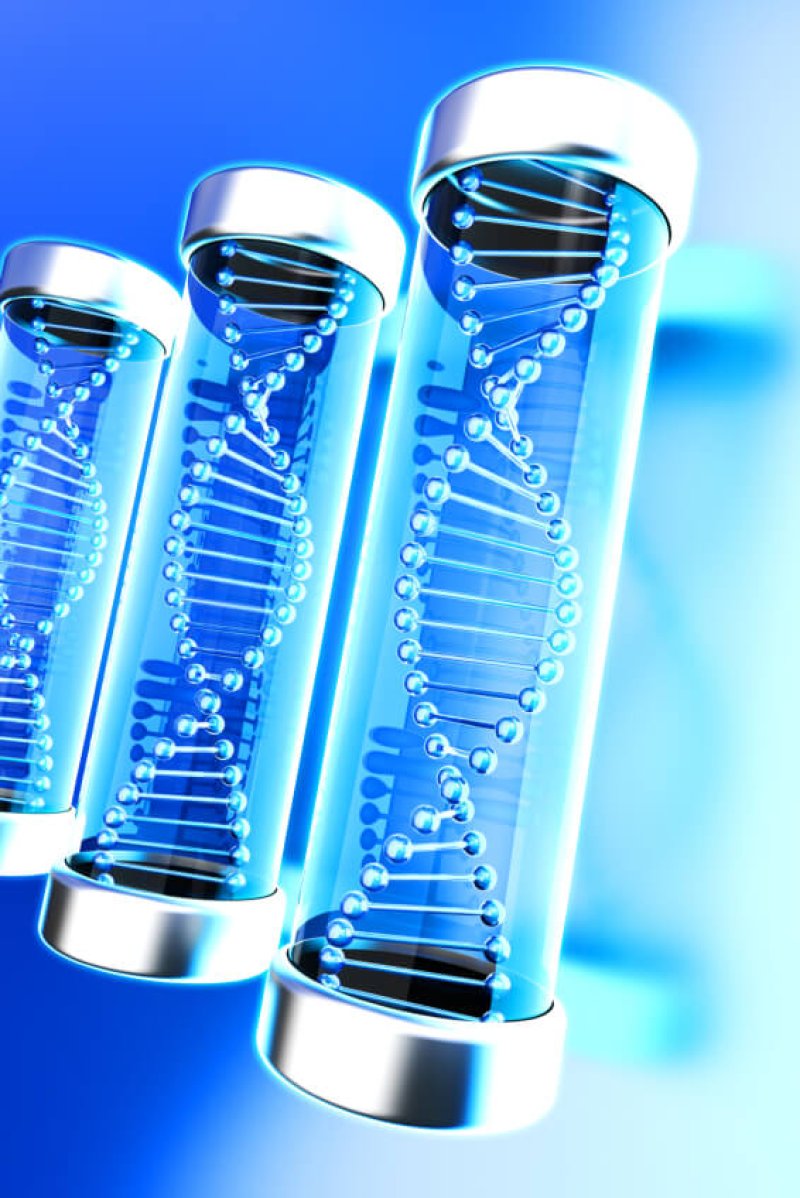The GLP aggregated and excerpted this blog/article to reflect the diversity of news, opinion and analysis.
Genomics entrepreneur Craig Venter has created a synthetic cell that contains the smallest genome of any known, independent organism. Functioning with 473 genes, the cell is a milestone in his team’s 20-year quest to reduce life to its bare essentials and, by extension, to design life from scratch.
Venter, who has co-founded a company that seeks to harness synthetic cells for making industrial products, says that the feat heralds the creation of customized cells to make drugs, fuels and other products.
Microbiologists were just starting to characterize the bacterial immune system that scientists would eventually co-opt and name CRISPR when Venter’s team began its effort to whittle life down to its bare essentials. In a 1995 Science paper, Venter’s team sequenced the genome of Mycoplasma genitalium, a sexually transmitted microbe with the smallest genome of any known free-living organism, and mapped its 470 genes. By inactivating genes one by one and testing to see whether the bacterium could still function, the group slimmed this list down to 375 genes that seemed essential.
One way to test this hypothesis is to make an organism that contains just those genes. So Venter, together with his close colleagues Clyde Hutchison and Hamilton Smith and their team, set out to build a minimal genome from scratch, by joining together chemically synthesized DNA segments. The effort required the development of new technologies, but by 2008, they had used this method to make what was essentially an exact copy of the M. genitalium genome that also included dozens of non-functional snippets of DNA ‘watermarks’.
Read full, original post: ‘Minimal’ cell raises stakes in race to harness synthetic life































